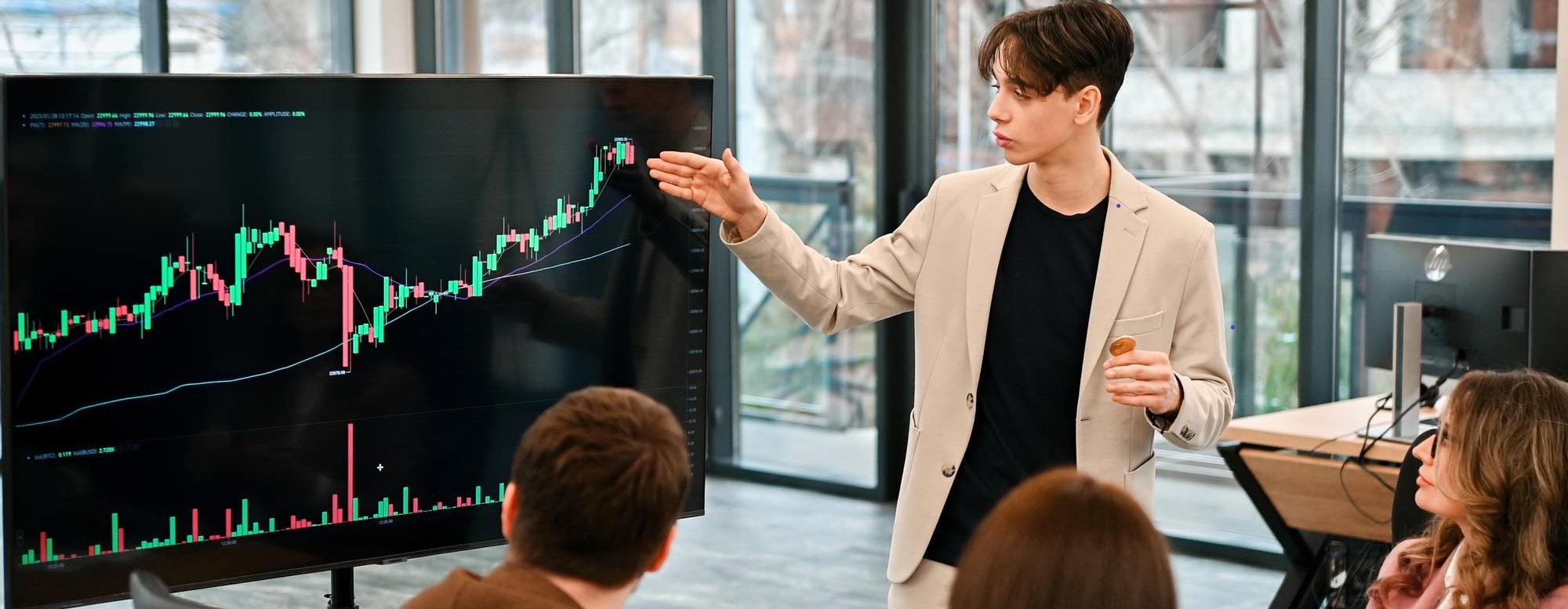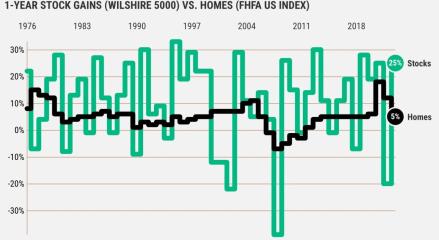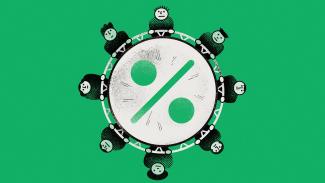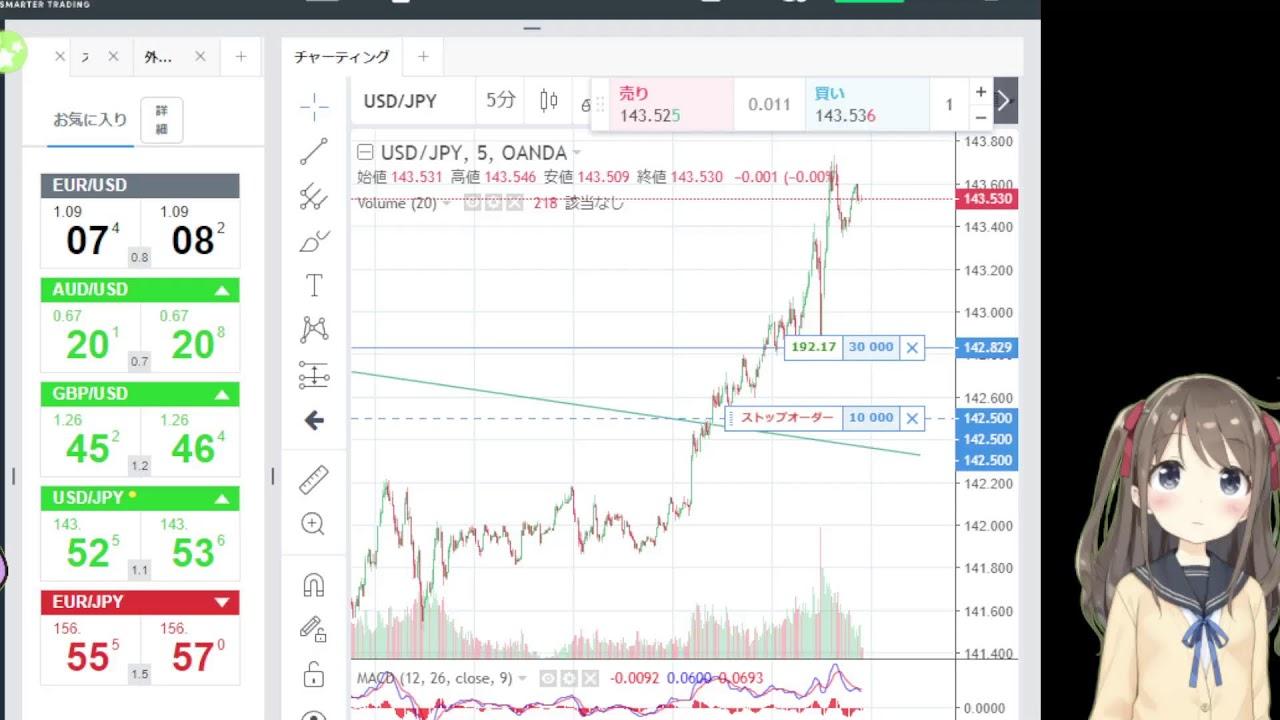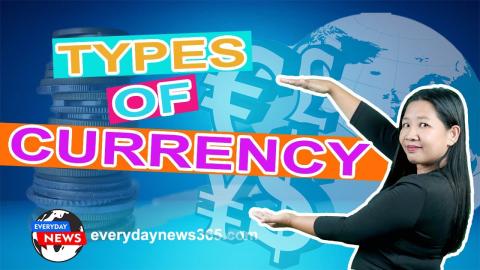The modern forex market, as we know it today, began to take shape in the early 1970s. Prior to this period, the international monetary system was primarily based on the Bretton Woods Agreement, established in 1944. Under the Bretton Woods system, currencies were pegged to the U.S. dollar, which, in turn, was tied to the value of gold.
The significant turning point for the modern forex market occurred in 1971 when then-U.S. President Richard Nixon decided to abandon the gold standard. This decision, known as the Nixon Shock, marked the end of the Bretton Woods system. As a result:
- Currencies Were Allowed to Float: Without the gold standard, currencies were no longer pegged to a fixed value. Instead, they were allowed to float and fluctuate based on market forces like supply and demand.
- Emergence of Floating Exchange Rates: With the floating exchange rate system, the value of currencies became more responsive to economic conditions and market dynamics.
- Market Liberalization: The liberalization of exchange rates paved the way for the development of the modern forex market. Currencies could now be freely traded, and the foreign exchange market became more market-driven.
- Introduction of Electronic Trading: As technology advanced, the forex market saw the introduction of electronic trading platforms in the 1980s and 1990s. This allowed for faster and more efficient trading, making the market more accessible to a broader range of participants.
Since the 1970s, the forex market has evolved significantly. It has become the largest and most liquid financial market globally, with a diverse set of participants, including central banks, financial institutions, corporations, and individual traders. The shift to floating exchange rates and the adoption of electronic trading have played crucial roles in shaping the characteristics of the modern forex market.




